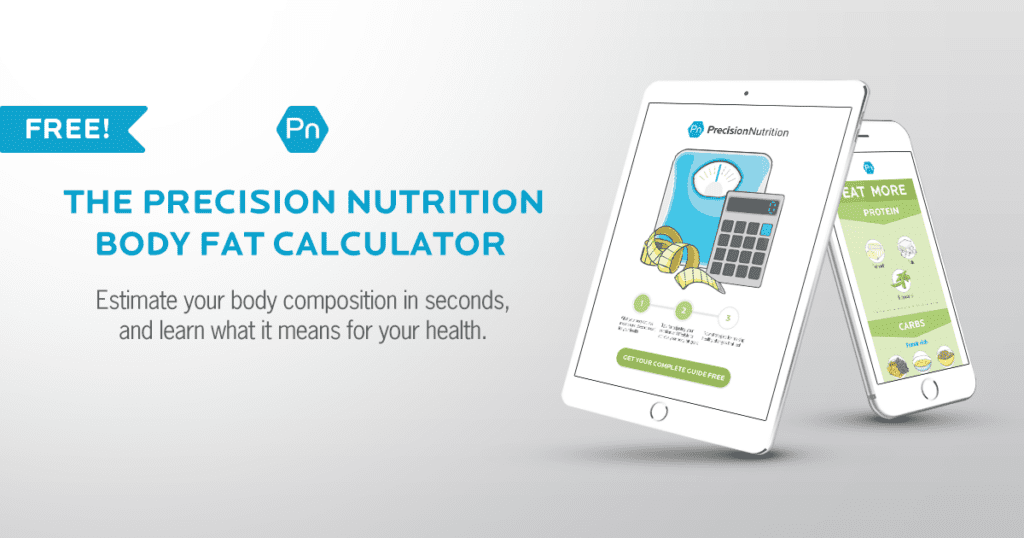James Wright, Registered Dietitian
Wright wrote a great series examining the various method of calulating body fat precentages years ago.
Body Fat Testing
The Pitfalls of Body Fat "Measurement", Part 1
The Pitfalls of Body Fat "Measurement", Part 2 - Hydrostatic Weighing
The Pitfalls of Body Fat "Measurement", Part 3 - The Bod Pod
The Pitfalls of Body Fat "Measurement", Part 4 - Bioelectrical Impedance (BIA)
The Pitfalls of Body Fat "Measurement", Part 5 - Skinfolds
The Pitfalls of Body Fat "Measurement", Part 6 - Dual-Energy X-Ray Absorptiometry (DEXA)
The Pitfalls of Body Fat "Measurement", The Final Chapter
The Pitfalls of Bodyfat "Measurement": BIA & Skinfolds Strike Again (VIDE0)
Cheat Your Body Fat Test
My Personal Exerience
1) Hydrostatic Weight Body Fat Reading
Texas A&M Human Performance Lab
Years ago, I had it measured at the Texas A&M University Human Performace Lab with a qualifed Technician.
It came out about how I expected.
University of New Mexico Human Performance Lab
The reading was absurd. They had student performing the test that wasn't qualified.
The main issue was the he did not measure my Residual Lung Capacity; which is vital.
Fat Floats
Hydrostatic Weight is based on the fact that flat floats. Thus, the boyancy factor plays a large role in the reading.
Air in your lungs also makes you more boyant. Thus, a Qualitifed Technician must obtain your Residual Lung Capacity to determing your body fat percentage. Texas A&M did that. UNM did not.
2) Untra Sound Body Fat Analyzer
I was unimpressed with this method. The reading made no sense.
infrared Body Fat Analyzer
I was extremely unimpressed.
It measured me at 10%. That was too low. I knew that it had to be much higher.
It measured a Bodybuiling friend of mine who was leaner than was at 14%!
4) Bioelectrical Impedance (BIA)
This is one of the worst.
You need to follow a certain protocol before taking it to assure the best reading; which is still quetionable.
One of the issues the reading is influence by how it is take.
a) Scale BMI
If you carry a lot of fat in your lower body, it will give you a higher reading that it should.
If you have less fat in your lower body, it will give you a lower reading than you really are.
b) Handheld BMI
If you carry a lot of fat in your upper body, it will give you a higher reading that it should.
If you have less fat in your upper body, it will give you a lower reading than you really are.
Calipers
A good Techniican who has performed hundreds of test can provide you with a fairly reliable reading with in the plus or minus range of accuracy.
No Comment
Since I am not familar with the other methods...no comment.

 www.precisionnutrition.com
www.precisionnutrition.com

